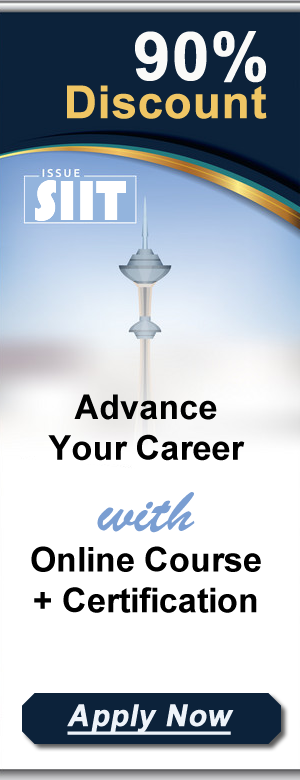
Alaska's Winter Field School: A Heliophysics Education Journey
Section 1: The Eclipse Ambassadors Program and its Impact
The NASA Science Activation program's Eclipse Ambassadors Off the Path project represents a significant initiative in STEM education and public engagement. Launched in conjunction with the 2023 and 2024 solar eclipses, the program aimed to empower undergraduate students and amateur astronomers to become science communicators and share the wonder of celestial events with underserved communities. This initiative went beyond simple observation; it involved a rigorous three-week cooperative course, demanding a significant time commitment from participants. The core objective was to reach over 200 individuals in each ambassador’s community, fostering a deeper understanding and appreciation for science. The program’s success can be measured not only by the number of people reached, but also by the lasting impact on the ambassadors themselves. Participants developed vital skills in science communication, public engagement, and community outreach, skills highly valuable in various professional fields. This investment in human capital serves as a powerful model for future STEM outreach initiatives, demonstrating the potential for collaborative learning and community engagement to inspire the next generation of scientists. The program's success hinges on building partnerships, requiring collaboration between universities, astronomical societies, and NASA itself.
Section 2: The Heliophysics Winter Field School: An Immersive Experience
The culmination of the Eclipse Ambassadors program was a week-long Heliophysics Winter Field School (WFS) held in Alaska. This intensive program provided participants with an unparalleled opportunity to delve into the fascinating world of heliophysics, space physics, and citizen science. The location, specifically the University of Alaska Fairbanks' Geophysical Institute, offered a unique blend of academic rigor and breathtaking natural phenomena, most notably the aurora borealis. The WFS curriculum was meticulously crafted to engage participants through a blend of expert lectures, hands-on learning experiences, and interactive sessions. Participants gained a deeper understanding of space weather phenomena, the science behind aurora formation, and the techniques used to study these events. The integration of citizen science projects, such as the Aurorasaurus app, provided practical experience in data collection and analysis. Furthermore, the program provided invaluable networking opportunities, connecting students with leading researchers and professionals in the field. This immersive experience served not only as a culmination of their ambassador work, but also as a springboard for future academic and professional pursuits. This holistic approach to education distinguishes the WFS, providing a well-rounded learning experience beyond the confines of a traditional classroom.
Section 3: Citizen Science and Data Collection in the Arctic
The integration of citizen science into the WFS curriculum represents a significant advancement in scientific education and data collection. By actively participating in data collection using a variety of instruments and the Aurorasaurus app, students gained first-hand experience with scientific methods and the value of collaborative research. This involvement allowed them to contribute meaningfully to ongoing scientific investigations, fostering a sense of ownership and contribution. The use of the Aurorasaurus app, a publicly accessible platform, underscores the power of citizen science in gathering vast amounts of data across geographical regions, supplementing traditional research methods. The data collected by these ambassadors contributes directly to a growing body of knowledge on auroral phenomena, highlighting the importance of citizen scientists in advancing scientific understanding. This model of combining advanced education with practical data collection projects is replicable in various scientific disciplines, showcasing the potential of citizen science to expand scientific frontiers. The WFS serves as a prime example of how collaborative projects can effectively bridge the gap between professional researchers and enthusiastic citizen scientists, leading to mutually beneficial results. Moreover, this active participation strengthens the engagement, increasing the likelihood of the students pursuing further education and careers in relevant fields.
Section 4: Career Pathways and the Future of Heliophysics
The WFS went beyond simply imparting knowledge; it actively fostered the professional development of its participants. Interactive panels on career pathways, featuring experts from various fields within heliophysics and related disciplines, guided students towards potential career options and provided valuable insights into the professional landscape. This focus on career exploration distinguishes the program, providing crucial guidance for students interested in pursuing careers in STEM fields. The program's success in promoting the careers of young scientists reflects the crucial need for early intervention and mentorship within the scientific community. By connecting students with potential mentors and employers, the WFS significantly increases their chances of successfully transitioning from academia to the professional world. This emphasis on practical career guidance is particularly vital in heliophysics, a field with a high demand for skilled professionals but potentially limited visibility for aspiring students. The program's success underscores the importance of holistic STEM education that incorporates not just theoretical knowledge but also practical career exploration.
Section 5: Collaboration and the Broader Implications of the Program
The successful execution of the WFS is a testament to the power of collaborative partnerships. The collaborative effort between NASA, the University of Alaska Fairbanks, the Astronomical Society of the Pacific, and other institutions involved exemplifies a model for effective resource sharing and project management. This collaborative model, involving universities, research institutions, and government agencies, demonstrates the potential for large-scale collaborative projects that maximize resources and achieve ambitious goals. The program’s success also demonstrates the value of investing in STEM education initiatives that extend beyond traditional classroom settings. The WFS's immersive approach and incorporation of citizen science provided an engaging and transformative learning experience. The model established by the program can be replicated in other scientific fields and geographical regions, promoting scientific literacy and increasing participation in STEM. The program represents a significant investment in the future of STEM education and should be recognized as a blueprint for future initiatives. Furthermore, the program’s success will undoubtedly inspire more students and organizations to collaborate in future STEM initiatives, creating a positive ripple effect throughout the scientific community and beyond.

